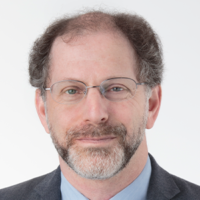U.S. Nuclear Regulatory Commission (NRC) regulations require nuclear license applicants to show that their plants can withstand a series of design-basis accidents without releasing radiation that would exceed a given level. In particular, the whole-body dose for someone standing at the site boundary for the worst two hours of the accident cannot exceed 25 rem, or 250 milli-Sieverts (mSv).
The dose rate for such a design-basis accident would be 125 mSv per hour.
In comparison, the dose rate near reactor Unit 3 at Fukushima Dai-Ichi has reportedly reached 400 mSv per hour. The Fukushima accident is therefore now a beyond-design-basis accident, at least in NRC terms.
